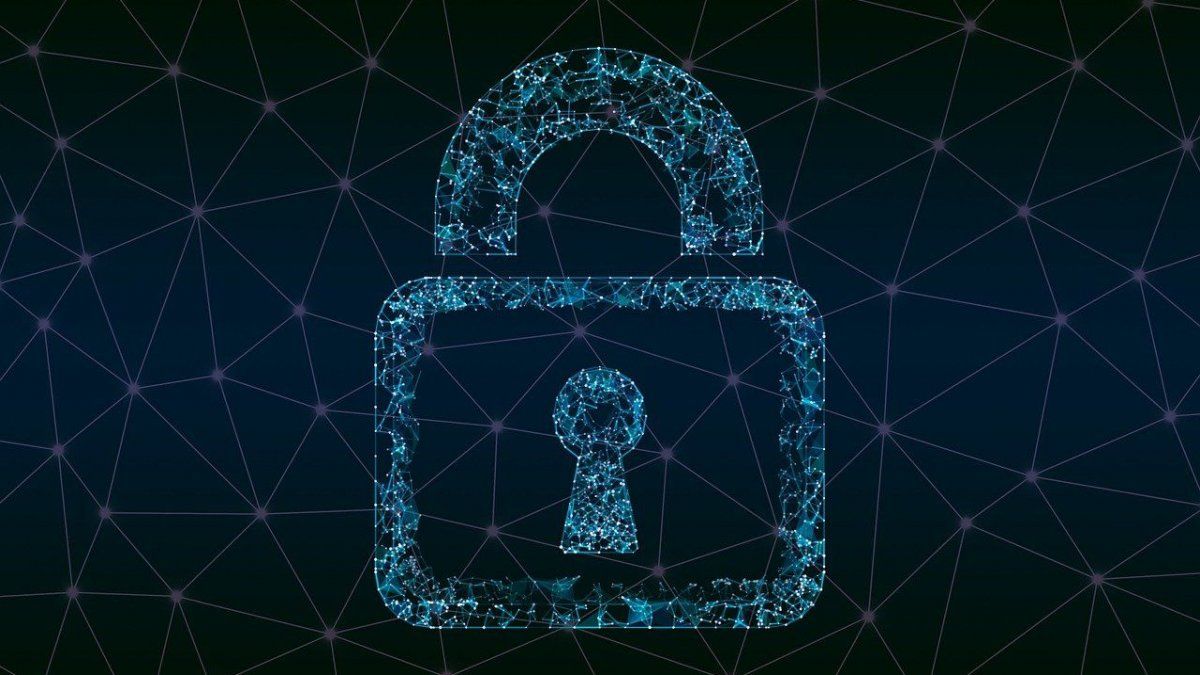Cybersecurity in the world of cryptocurrencies is undoubtedly one of the most important issues for any investor. Using cold wallets and offline storage reduces the risk of hackeos by keeping private keys offline.
The authentication of two factors (2FA) adds an extra security layer when protecting the accounts with an additional random code.
Maintain updated software and use safe connections are essential practices to protect cryptocurrencies against cyber attacks.
As the digital ecosystem grows, so do threats and hacking methods that try to violate wallets and cryptocurrency exchange platforms. According to recent reports, hackeos to crypto platforms increased significantly.
According to a chainysis report, hackeos in the crypto sector increased an alarming 21.07% in 2024 compared to the previous year.
These data demonstrate the growing vulnerability of digital assets against cyber threats, which makes it even more relevant to choose a reliable and safe solution to protect them.
Ledger Flex: a safety leap for cryptocurrencies
When we talk about safety in the crypto world, the main concern revolves around the protection of private keys. Over the years, cold storage devices have been recognized as the best alternatives to maintain safe cryptocurrencies, and Ledger Flex has positioned itself as one of the most advanced products in this field. Because? Because it is not only a device that keeps your assets safely, but is designed to protect you from the most sophisticated cyber threats.
This innovative cryptocurrency storage device stands out for its advanced hardware safety. The st33k1m5 chip, with CC Eal6+certification, is one of the most robust and guarantees that private keys never leave the device.
This eliminates any risk of theft even if the connected devices are committed to malware. In addition, its offline operation places it in an advantage over other solutions, since its operation only requires Internet connection when it is strictly necessary, thus avoiding remote attacks, such as Keyloggers or Trojans.
The main tools to combat crypto hackeos
he two factors’ authentication use (2FA) It has been consolidated as an essential security barrier. Applications like Google Authenticator either Authy They add an additional layer of protection when required not only the password, but also a randomly generated code on the user’s phone. This greatly hinders unauthorized access, even if a hacker has access to login credentials.
Another crucial tool is the encryption of private keys. Using services that encrypt the keys before storing them on any device or platform is an extra safety measure. This ensures that, even if a hacker manages to access the device, private keys will be protected by a strong encryption algorithm, making it difficult to use.
The use of safe connections is also fundamental. Ensure that exchange platforms or wallets are using safety protocols such as SSL/TLS to encrypt information during transactions is an essential step. Users should avoid transactions in public Wi-Fi networks or insecure, since these can be easily violated.
Finally, constant software updates are another vital tool. Wallet developers and exchange platforms launch frequent updates to correct security vulnerabilities. Maintaining these updated tools is a basic but effective way to protect against possible attacks.
In conclusion, in a world where hackeos in the field of cryptocurrencies are the order of the day, it is essential to have adequate tools to protect our assets. From cold wallets to authentication of two factors, encryption and safe connections, all are key pieces in the fight against cybercriminals.
Source: Ambito
I am an author and journalist who has worked in the entertainment industry for over a decade. I currently work as a news editor at a major news website, and my focus is on covering the latest trends in entertainment. I also write occasional pieces for other outlets, and have authored two books about the entertainment industry.




